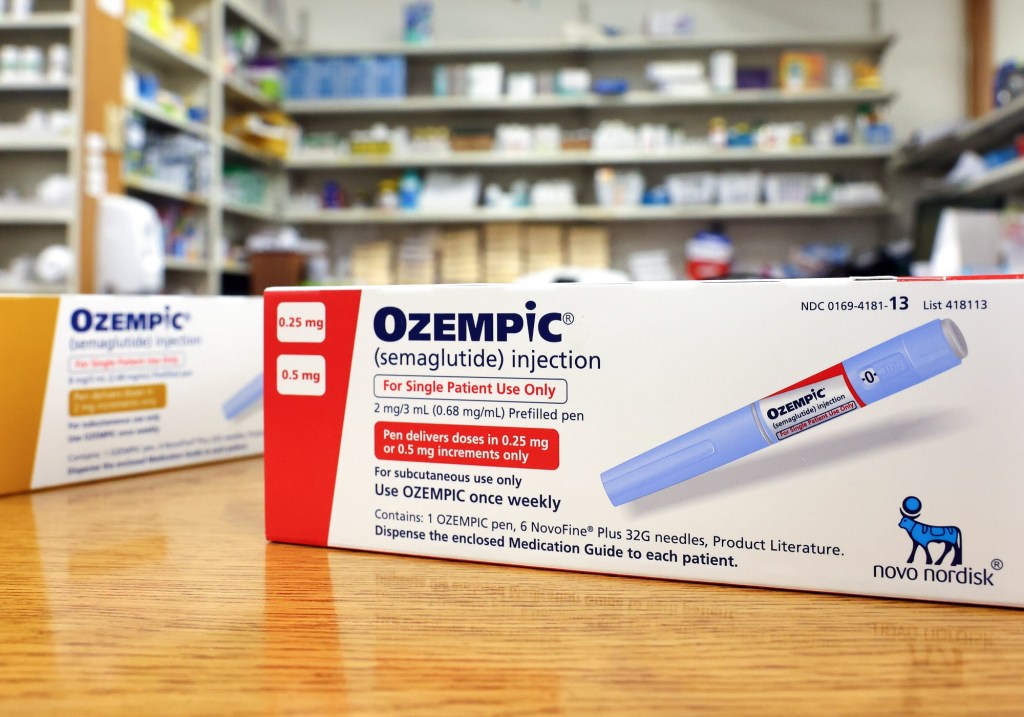By Ronita Choudhuri-Wade | NerdWallet
Steve Haines always loved to go for walks, but exercise had become a nightmare when he was 380 pounds and diabetic. The 49-year-old from Champaign, Illinois, says he would get ulcers on his feet after long walks.
About six years ago, Haines’ doctor prescribed Ozempic, a medication approved by the Food and Drug Administration to treat diabetes that also helps with weight loss. Haines lost weight and began to feel more active. Now, at 220 pounds and with his diabetes under control, he gets out of the house a lot.
“I sometimes walk 10 to 15 miles in a day,” says Haines.
Haines is one of many Americans who live with diabetes. According to the Centers for Disease Control and Prevention, around 1 in 10 Americans have diabetes, and the vast majority have Type 2, a condition in which the body can’t control the amount of sugar in the blood.
Ozempic, generically known as semaglutide, can be a lifeline for many. Semaglutide stimulates insulin secretion and controls blood sugar, which helps manage Type 2 diabetes. The medication also slows digestion and sends signals to the brain that the stomach is full, which can lead to weight loss.
Prescriptions in the U.S. for semaglutide medications like Ozempic increased 300% from 2020 to 2022, despite a high price tag. Depending on factors like the dosage and your pharmacy, Ozempic can cost over $11,000 annually. Insurance provides coverage for some patients, but others must find alternative ways to pay, through savings or assistance programs or borrowing.
Understanding insurance coverage
Most health insurance plans, including Medicare and Medicaid, cover at least some of the cost of semaglutide medication when it’s prescribed to treat Type 2 diabetes. However, coverage can vary depending on an individual’s plan and state requirements.
Alvin Carlos, a certified financial planner based in Washington, D.C., suggests calling your insurance provider to ask if your plan covers…
Read the full article here







